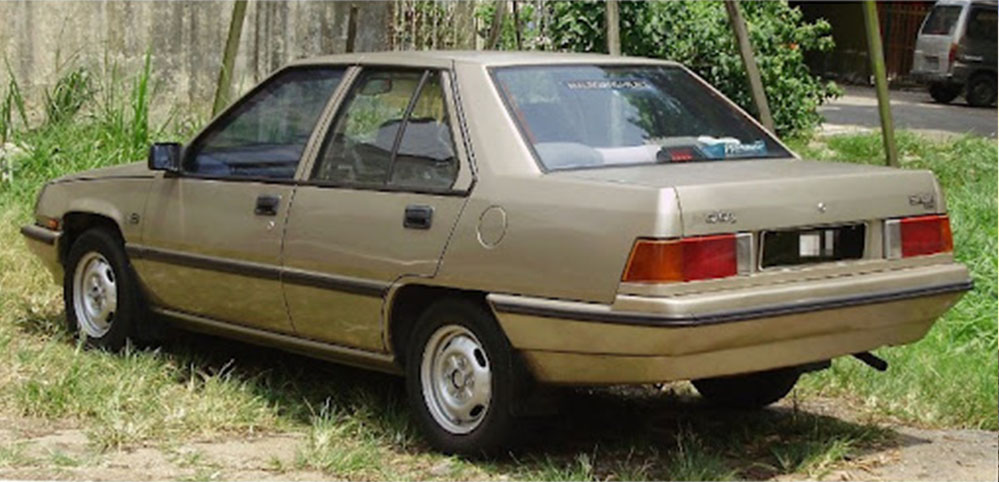1985-2007 Proton Saga: The National Hero
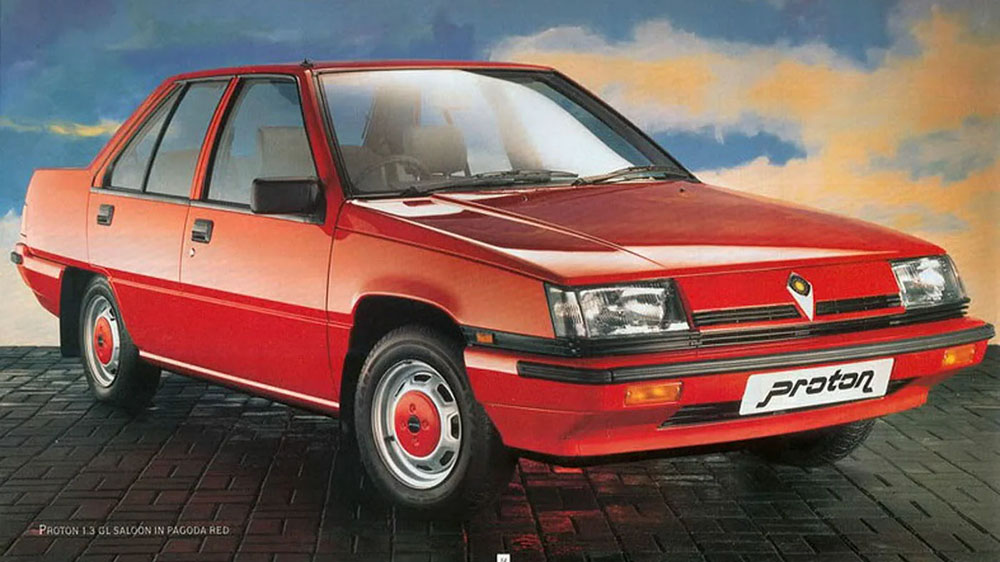
In 2023 Hotwheels, the maker of the popular 1/64 diecast car added a replica of the 1985 Proton Saga to it’s Compact Legends line. The event correlated with the 40th anniversary of Mattel’s Hot Wheels production in Malaysia (technically the nations largest auto manufacturer). If you were like me and wondered what a Proton was or why it looked like any number of Mitsubishi from the era, it was because it basically was – a Mitsubishi. The saga was Malisyasa first massed produced car and was the result of a national policy to develop its own automotive industry by partnering with a Eastern manufacturer.
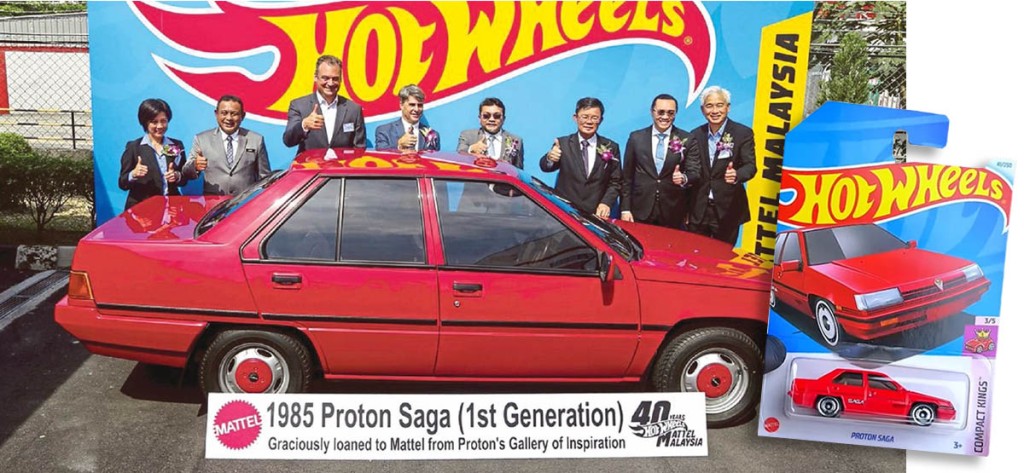
It’s first product was a re badged Mitsubishi Lancer Fiore (also known as a confusing array of names in America like Colt/Galant/ Sigma ). The humble B-segment sedan was produced at a local factory making it a major milestone for Malaysian auto industry. The name Saga was actually a acronym for “Safety, Achievement, Greatness and Ability”. The Proton would grow (another Malay word reference related to a tree ) into a series of cars that would be designed and built at the company’s headquarters and factory in Shah Alam, Selangor. The Saga is still part of the Proton line, although it’s been relegated down market as Proton offers many larger sedans, crossovers and SUVs.
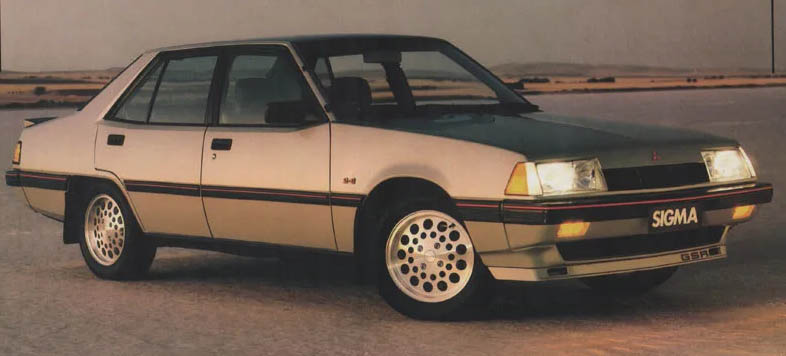
The first Saga used many if not all of the then relatively new second gen Lancer’s running gear including it’s 70 hp 1.3-liter Orion four-cylinder engine and 5- speed manual or four speed automatic transmission. A 1.5-liter, also from the Lancer soon followed. The car quickly became a hit and source of national pride. Production was limited at first with as little as 700 units going out that first year. The Saga was a hit prompting Proton to take drastic measures to keep up with demand. In 1990 Proton introduced an advanced self developed three-valves-per cylinder engine option called Megavalve.

The Saga’s looks did not diverge too far from that of the Lancer. The most obvious change was the grill. The Proton design was partially covered with it’s logo in the center. The Lancer was an open more conventional grille design. There were subtle changes with the wheel wells with the Saga having to tops flattened while the Lancer’s were rounded (some Lancers had a flat topped rear wheel wells). Mitsubishi offered the lancer in more configurations like a two door hatchback. The Saga would be offered in a 5 door sedan with a fastback design called the Aeroback (it still opened as a traditional trunk in back).

The Saga sedan’s profile was typical of Japanese cars of the early ‘80s in that the somewhat wedge shape was aerodynamic (.CD) and featured a large open greenhouse with excellent visibility. The interior also stayed close to it’s Lancer inspiration although the Saga’s steering wheel, vent and instrument clusters appeared different. It was actually an improvement on the Lancer’s design because the elements came together better and aligned in a way that looked more pleasing to the eye (although ergonomically they were about the same). The biggest interior improvement was in the steering wheel. The funky techno cluster available in some up trim Lancers was traded for a two spoke design that gracefully formed a arrow. The rest of the cloth interior appeared to be standard Mitsubishi issue.

Proton Sagas were being exported with some markets getting variations for offered in Maylasia. At one point in the ‘80s Malcom Bricklin tried to export a version of the Proton Saga to the United States. The attempt failed for many reasons, one being that Mitsubishi was already importing the similar Galant and other versions of the Lancer that were being sold by Chrysler under various names. By then the Saga was being offered in Europe, South Africa and many Asian markets. After a refresh that altered the front and back slightly, the Saga was starting to resemble European cars like the Renault/Eagle Medallion more than anything from Japan. While the late Saga was no sports sedan, it had a respectable 10 second 0 to 60 time when equipped with the 5-speed manual and the 90+ hp 1.5-liter SOHC four cylinder engine with Megavalve technology.
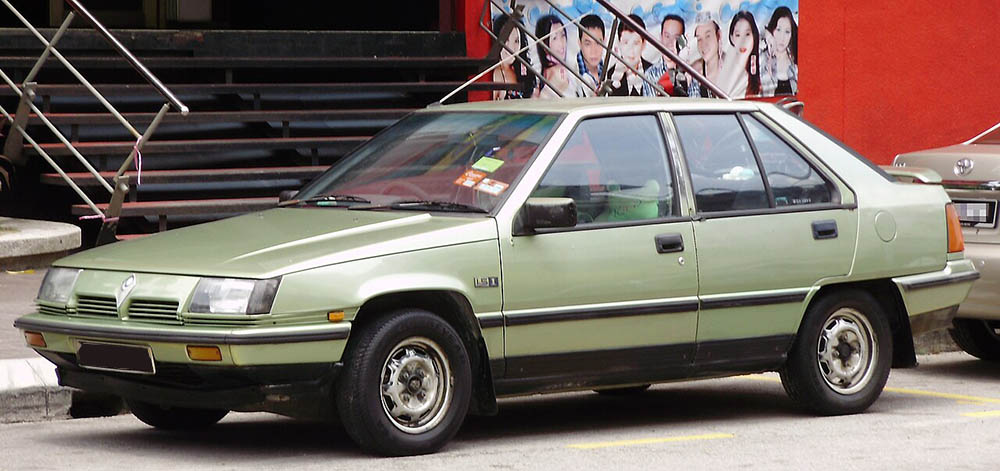
Amazingly, the Saga did not get another substantial external change until 2008. Designers did a remarkable job in making the bones of 1985 fir in with more modern design trends. When the model finally entered it’s second generation its name Saga BLM (Base Line Model) would reflect its place in Protons growing line of cars.

As Proton’s fortunes grew, it’s ownership changed hands as Mitsubishi sold it’s shares in the growing company. At one time Proton was financially strong enough to acquire Lotus. At this writing Proton is owned by Chinese Auto conglomerate Greely who counts Lotus as one of it’s holdings. Proton continues to build the Saga, making it the oldest manufactured car name in Malaysia. The Saga’s role in Malaysian automotive history is immortalized in an exhibit at Proton’s HQ marking the historic occasion of it’s production as the nation’s first homegrown motorcar.
